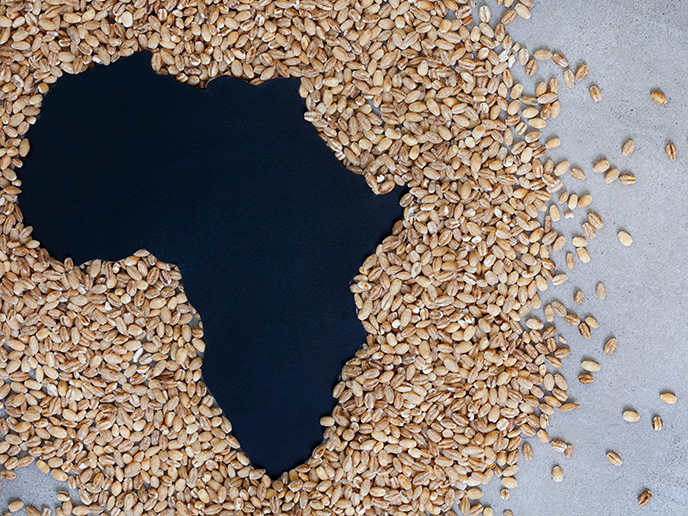Are plant height and shape genetic?
The height of a plant has a major impact on crop yield. For example, because tall crops are more vulnerable to wind and rain, they are at a higher risk of falling over, thus reducing overall yields. To mitigate this risk, scientists have created shorter crops using changes in a group of genes called DELLAs. While these mutations have improved yields, they have also resulted in some unwanted side effects, such as increased sensitivity to dry conditions during seed germination. “What is needed is a more detailed understanding of the genes that control how tall a plant grows,” says Rafael Garcia Tavares(opens in new window), a Marie Skłodowska-Curie fellow at the John Innes Centre(opens in new window), an international centre of excellence in plant science, genetics and microbiology. “Such knowledge would allow us to create novel and more precise ways of improving the shape of crop plants,” adds Robert Sablowski(opens in new window), who heads the Cell and Developmental Biology Department at the John Innes Centre. Through the EU-funded SOS-CROPS project, both Tavares and Sablowski are working to develop such knowledge. The project focused on the ATH1 gene, which controls stem elongation in the plant model Arabidopsis thaliana, a small flowering plant also known as thale or mouse-ear cress. “We already knew that by changing when and where this gene is expressed, we could inhibit stem growth,” explains Tavares. “This project sought to understand how ATH1 works and explore whether changes in the gene’s regulatory region could be used to modify plant height.”
Localised tuning of plant growth
The researchers initially planned to reduce plant height by modifying the regulatory region of ATH1. In theory, this would increase its expression during stem development, resulting in a shorter plant with few side effects. But, as is often the case in scientific research, things didn’t go as planned. “The idea didn’t work,” notes Tavares. “This suggested that regulating ATH1 is more complex than we had initially hypothesised.” However, all was not lost. Instead, the team went back to the lab to study how ATH1 functions. According to Sablowski, this lab work led to valuable new insights about how ATH1 changes a plant’s shape through localised changes in its response to environmental signals. “Plant organs elongate in response to light and hormonal signals, and ATH1 acts locally to inhibit this response,” he says. “We also found that ATH1 and DELLA genes converge to inhibit stem growth,” adds Tavares. “The combined action of both genes is what causes Arabidopsis to have its characteristic rosette shape, with leaves very close to the ground, instead of the elongated shape seen in many of its Brassica relatives.” Based on this finding, Tavares and Sablowski are now looking at how variation in ATH1 may have contributed to the variety of plant shapes seen in Brassicas, which include cabbages, cauliflower and oilseed rape.
Shaping a scientific career
Not only did this project advance our understanding of how genes affect plant growth, it also advanced Tavares’ career. “The Marie Skłodowska-Curie Actions(opens in new window) programme strongly contributed to my future prospects, enabling me to gain important professional skills and experience that will be extremely helpful in finding an independent research position,” he notes. Tavares says he plans to continue his research in plant development and shoot architecture. “My ultimate goal is to advance the science and technology of plants towards more sustainable agriculture,” he concludes.







